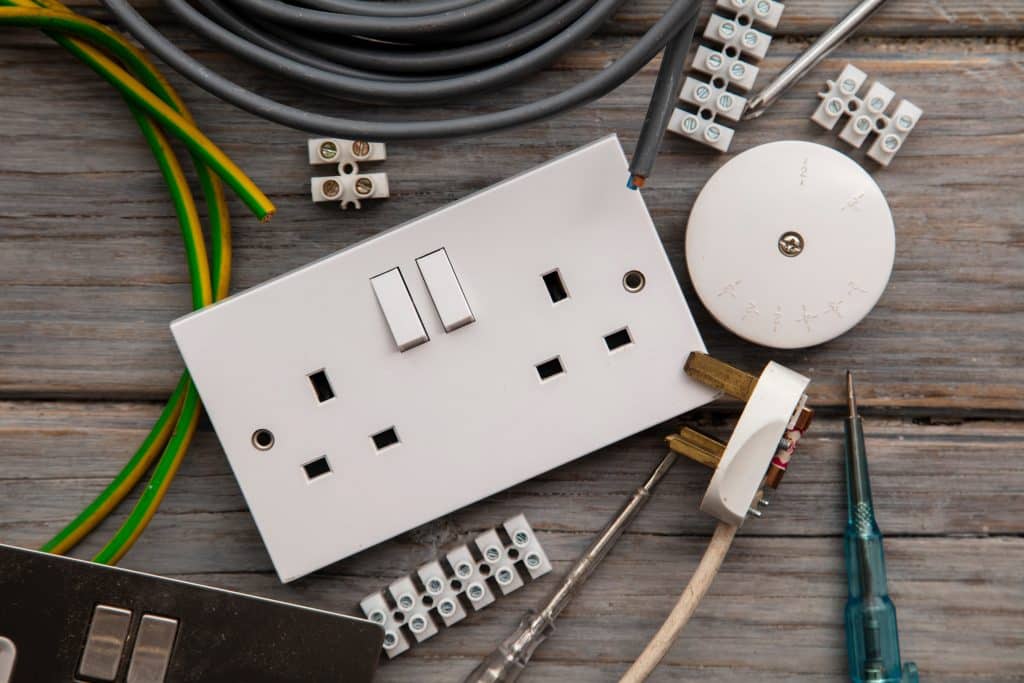Noticing Something Off With Your Plug?
We often take our power plugs for granted. They keep our devices running and our homes connected. But like anything used frequently, plugs can wear out over time. Damaged or aging power plugs are not just inconvenient, they can pose serious safety risks.
If you’ve ever noticed a plug that feels hot to the touch or doesn’t sit snugly in a socket, it may be time to check if a replacement is needed. This guide will help you understand when a plug is past its prime and how to stay safe.
Common Signs Your Plug May Be Failing
Loose Fit in the Socket
A plug that wiggles or falls out easily could be a sign of worn or damaged prongs. Over time, constant plugging and unplugging can loosen the internal connections. A poor fit may lead to arcing, which can cause overheating or even electrical fires.
Burn Marks or Discolouration
Black or brown marks on the plug casing or prongs suggest overheating. This could be due to internal wire damage or an overloaded connection. Either way, it’s a warning sign that shouldn’t be ignored.
Cracked or Frayed Casing
Check the plug and the power lead for visible cracks, splits, or fraying. This type of damage often occurs when leads are bent at sharp angles or repeatedly twisted. Exposed internal wiring is a serious hazard.
Unusual Smells or Heat
A burnt smell or a plug that feels warm or hot after use is never a good sign. These symptoms usually indicate resistance within the plug or socket, which may lead to short circuits or fires.
Intermittent Power Supply
If your appliance switches on and off when the plug is barely moved, this could point to a loose connection inside the plug. This not only affects performance but could also be a sign of internal damage.
Why Prompt Replacement Matters
Using a damaged power plug can be dangerous. Even if the device appears to be working, internal faults can lead to electrical shocks, fires, or appliance damage. Replacing a plug at the first sign of trouble is a simple step toward a safer home.
ERF Electrical stocks a wide range of power leads and plugs suitable for domestic and commercial use, making it easy to find the right fit when it’s time for a replacement.
Can You Check a Plug Yourself?
You can perform a visual inspection to spot obvious damage, such as:
- Cracks or chips in the plug body
- Exposed wiring or frayed leads
- Burn marks or melting near the pins
However, if you suspect internal damage or anything electrical seems off, it’s always best to contact a qualified electrician. Never attempt to open or repair a plug unless you are trained to do so.
When to Upgrade
Even if your plug isn’t visibly damaged, it might be worth upgrading to a newer model for improved safety features. Modern plugs may include:
- Moulded casings for extra durability
- Integrated fuses for overload protection
- Weatherproof options for outdoor use
If you’re unsure which plug suits your needs, browsing through ERF Electrical’s cable accessories section can help you find the right product for the job.
Preventing Future Damage
To extend the life of your power plugs and leads:
- Unplug devices by gripping the plug, not the cord
- Avoid bending or twisting the lead excessively
- Keep plugs away from water and high heat
- Use surge protectors where needed
Taking small steps like these can prevent common wear and tear and reduce the risk of early damage.
Conclusion: Don’t Ignore the Warning Signs
A worn or damaged plug is more than just an annoyance, it’s a potential danger. By keeping an eye out for loose connections, burn marks, or unusual smells, you can stay ahead of electrical hazards.
When it’s time for a replacement, ERF Electrical offers a reliable range of power leads and plugs to suit every need. Contact ERF Electrical.


